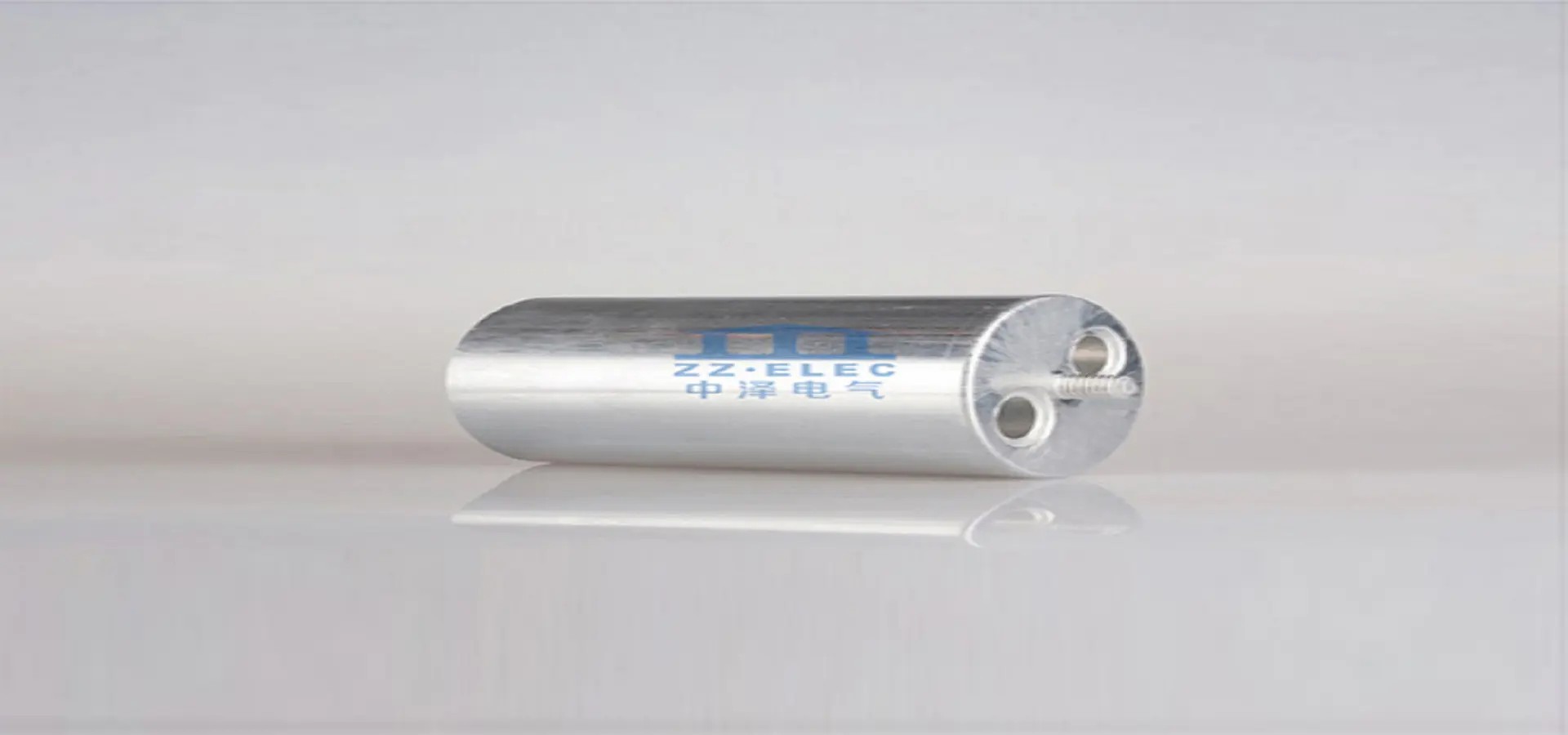In the absence of special instruments, the quality and quality of the capacitor can be tested and judged by the resistance file of a multimeter. For a fixed capacitor with a large capacity (above 1μF), the resistance profile (R×1000) of a multimeter can be used to measure the two electrodes of the capacitor. The needle should swing in the direction of small resistance, and then slowly swing back to around ∞. Then exchange the test rod and try again. Look at the swing of the hands. The larger the swing, the greater the capacitance of the capacitor. If the test rod keeps touching the capacitor , the needle should be near ∞. Otherwise, it indicates that the capacitor has leakage. The smaller the resistance value, the greater the leakage and the poor quality of the capacitor; if the needle does not move at all during the measurement, It indicates that the capacitor has failed or is open; if the needle swings but cannot return to the starting point, it indicates that the capacitor has a large leakage and its quality is not good.
For a pressure gauge with a small capacity capacitor, when measuring with a multimeter, it is often difficult to see the needle swing. At this time, you can use an external DC voltage and the DC voltage range of a multimeter to measure. The method is shown in Figure 1, that is, adjust the multimeter. To the corresponding DC voltage file, the negative (black) test rod is connected to the negative pole of the DC power supply, the positive (red) test rod is connected to one end of the capacitor under test, and the other end is connected to the positive pole of the power supply.
When a capacitor with good performance is switched on, the needle of the multimeter should have a larger swing; the larger the capacity of the capacitor, the greater the swing of the needle. After swinging, the needle can gradually return to the zero position. If the pointer of the multimeter does not swing at the moment when the power is turned on, the capacitor is invalid or open; if the needle keeps indicating the power supply voltage without swinging, it indicates that the capacitor has been short-circuited; if the needle swings normally, it does not return to zero. , Indicating that the capacitor has a leakage phenomenon, the higher the indicated voltage value, the greater the leakage capacity. It should be pointed out that the auxiliary DC voltage used to measure the capacitor with a small capacity cannot exceed the withstand voltage of the capacitor under test, so as to avoid the capacitor breakdown and damage due to the measurement. To accurately measure the capacitance of a capacitor, a capacitance bridge or Q meter is required. The simple detection method mentioned above can only roughly judge the quality of the pressure gauge capacitor.

